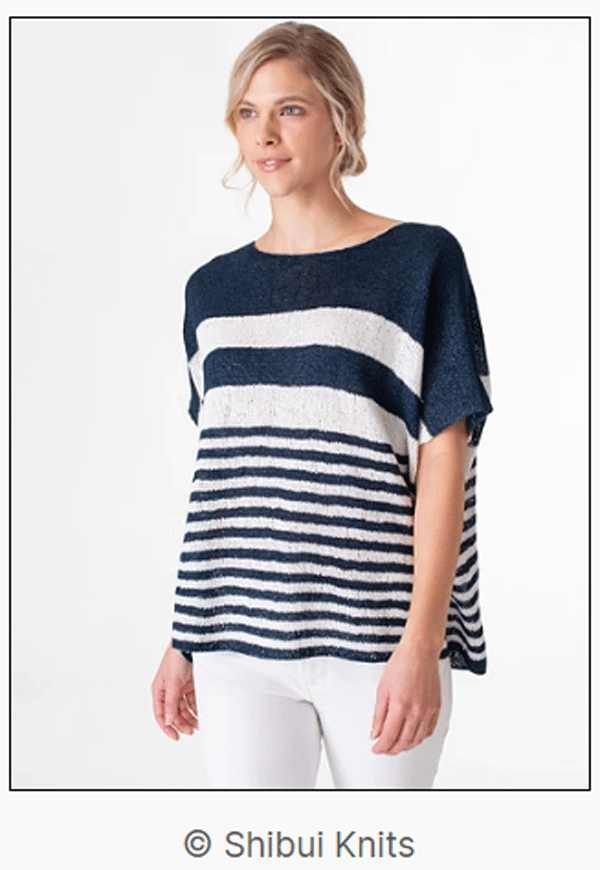Success with German Short Rows!
I’m on vacation this week and am reposting this article on German Short Rows from several years ago. I hope you find it helpful!
Do short rows send you running for the hills? If so, you’re not alone as they tend to strike fear into the hearts of many knitters.
I am going to tell you about my journey to short row confidence with the hope that it will inspire you to be brave and not shy away from them.
Purl Soho’s free Bandana Cowl, knit with bulky yarn, is a great way to practice short rows!
Short rows are a way to create curves and other shapes in a project. It could be the bottom hem of a sweater or a shawl collar or a curve in a shawl. I believe that one thing that makes them intimidating is that there are so many ways to work them. There is the Wrap and Turn, Shadow, Japanese, Yarn Over, German, and probably more!
I have tried all of these. German Short Rows are now my favorite! They intimidated me for quite a while because all of the directions I read about how to work them, and indeed all of the other short row methods, seemed fiddly and complicated.
Also, substituting them for another technique requires changing the number of stitches worked before you turn and that was daunting to understand.
Finally I solved my issues and I want to share what I’ve discovered with knitters everywhere! There is no reason to be afraid of short rows any longer!
Linea, designed by Shellie Anderson, uses short rows to create a curved, longer back hem.
First, how to work them:
I made Linea, designed by Shellie Anderson, and she gave the easiest instructions I have come across. It’s genius! She tells you to:
work the required number of stitches
turn your work
wyif, slip the next stitch purlwise
then tug the yarn up and over the needle
continue knitting or purling
The tugging up and over creates a double stitch which is noticeably different from your other stitches so it’s easy to tell where it is. Then you continue the pattern. This was a revelation to me! Everything else I’d read gave instructions on how to do it on the knit side and then the purl side and I had to keep the directions in front of me constantly. This way is so simple because you do the exact same thing on each side of the fabric! Here’s a video that shows it well.
Melanie Berg’sOne More Stripe shawl uses short rows to create unusual stripes.
Second, how to substitute them for any other type of short row:
When working any other type of short row, you work to a certain stitch then wrap and turn in some fashion. When working German short rows, you do something different. You have to work one stitch further. Because I was unsure of exactly what to do, this stopped me from substituting them. I found a superb YouTube video by Mimi Kezer that explains this in plain and simple terms! Take a look at it!
These two [pieces of knowledge have completely changed my attitude towards short rows! My wish for you is short row confidence and success!
Happy knitting,



